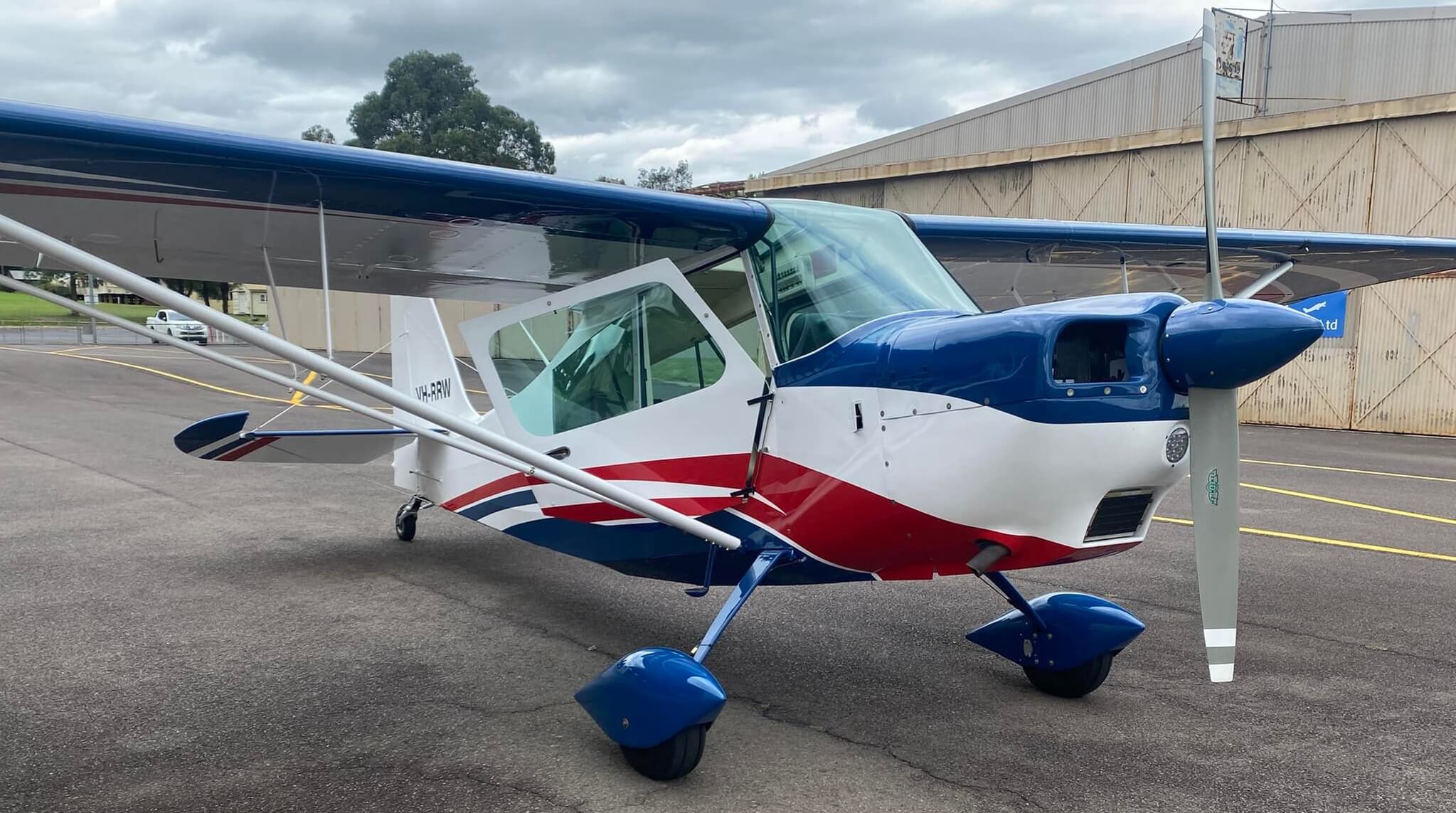2004 VH-RRW AMERICAN CHAMPION AIRCRAFT (ACA) CITABRIA 7GCBC
Looking for the ultimate in flying skill development? Then the strong and rugged ACA Citabria (airbatic spelt backwards!) may be just the aircraft for you. It’s the aircraft of “real” pilots, arguably one of the best aircraft to learn to fly in….and a whole lot of flying fun. VH-RRW, is one of four Citabrias in our fleet of aircraft.
Why fly a Citabria?
The Citabria is a light single-engine aircraft, has two seats and a tailwheel undercarriage. Learning to fly a tailwheel aircraft is like learning to drive a manual car. You need to give it your full concentration, but it will make a real pilot out of you. The Citabria is a great aeroplane to fly and makes an ideal basic flight trainer. Here at Curtis Aviation, we highly recommend it to anyone doing their primary flight training including the Recreational Pilot Licence and Private Pilot Licence.
What we’ve noticed about people learning to fly in a tailwheel, like the Citabria, is that they generally get the hang of landings faster (…and dare we say better!) than their counterparts in a tricycle undercarriage.
We also use the Citabria extensively for tailwheel and aerobatic endorsement training. Check out the video below to see some of the aerobatic capabilities of the Citabria in action.
How fast does the Citabria fly?
The 2004 ACA Citabria 7GCBC has a rate of climb of 1,130 feet per minute (344.4 metres per minute), a maximum speed of 115 knots (that’s around 212.9 kms/hr) and a cruising speed of 111 knots (about 205.6 kms/hr). It is also designed to sustain aerobatic stresses between +5g to -2g.
It has a wingspan of 34.5 feet (10.5m) and is known for its short take offs and landings (take off distance is 412 feet or 125.6 metres, and a landing distance of 360 feet/109.7 metres…that’s just a bit over two lengths of an Olympic-sized swimming pool!)
What’s flying a Citabria like?
Flying is done from the front seat, including solo. During lessons your instructor will sit in the back where they have access to all flight controls. Being a less ‘stable’ aircraft is what makes a tailwheel a more interesting, challenging AND enjoyable plane to fly.
Would you like to find out for yourself what it is like to learn to fly in a Citabria? We would recommend a trial instructional flight is a great place to start.


